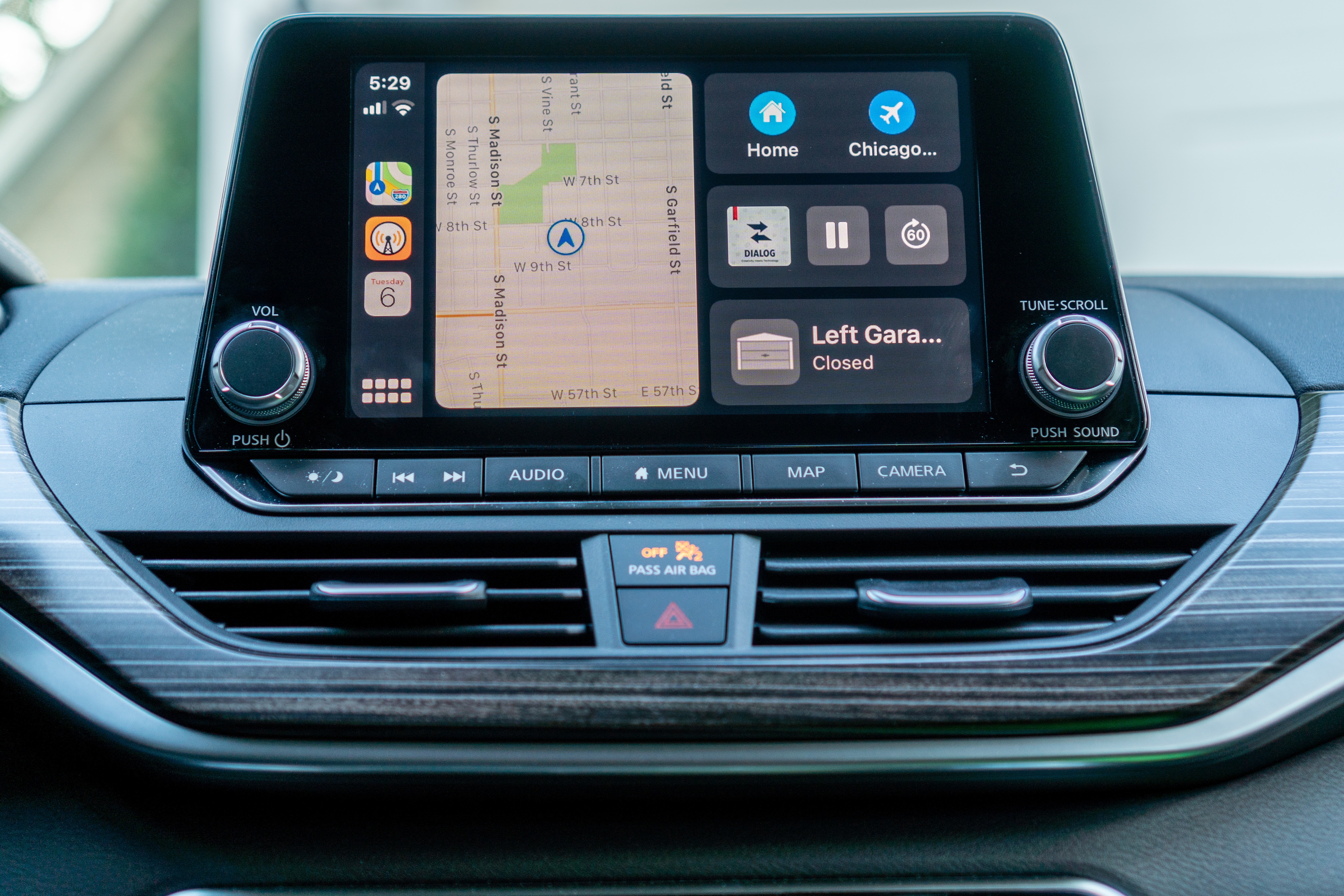Lovely deep dive by Mattt Thompson on one of macOS’ most powerful Accessibility features – the Accessibility Keyboard:
Today, what’s the difference between a MacBook and an iPad? Practically speaking, you might point to the presence or absence of a physical keyboard, a SIM card, or an ARM processor (and if the rumors about next year’s MacBook models are to believed, those latter two may soon cease to be a distinction).
For many of us, a physical keyboard is the defining trait that makes a computer a “desktop” computer in the traditional sense; when you purchase an external keyboard for your iPad, you do so to make it “desktop”-like. But for many others — including those of us with a physical disability — a typewriter-like keyboard is but one of many input methods available to desktop users.
This week on NSHipster, we’re taking a look at the macOS Accessibility Keyboard. Beyond its immediate usefulness as an assistive technology, the Accessibility Keyboard challenges us to think differently about the nature of input methods and any remaining distinction between mobile and desktop computers.
Combined with the Panel Editor app, macOS allows you to design any kind of “keyboard” that goes beyond text input. I’ve written about this topic before when I shared my custom Accessibility Keyboard setup to launch AppleScripts, which you can find here.










